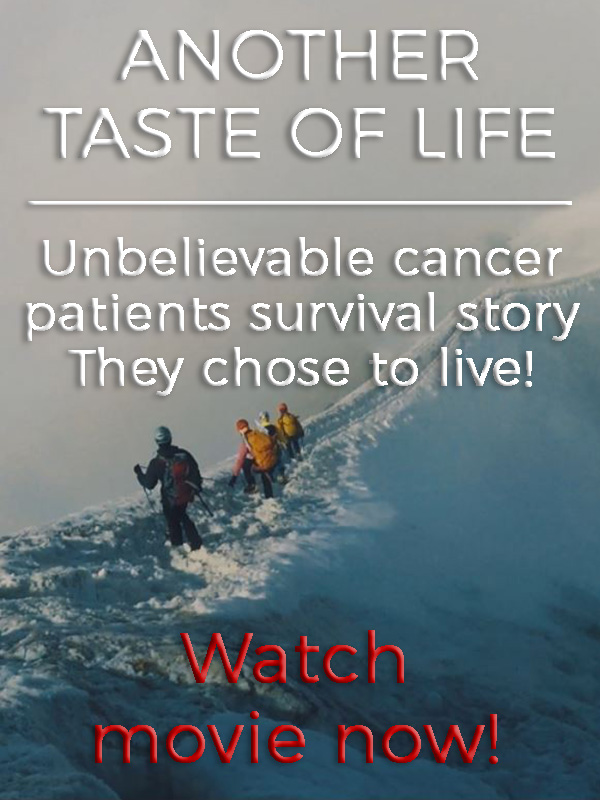Oncolytic virotherapy has since proved to be a major perspective in the development of new treatments of cancer. Oncolytic viruses are attributed with oncotropism and oncolytism; which are two important characteristics of these viruses that make them effective in treatment of cancer. Oncotropism implies that oncolytic viruses have the capability of getting deep into tissue of human body to get to the cancer cells and destroying them. In terms of oncolytism, it implies that the viruses have unique ways through which they unlock the cancer cells to enter and destroy them. Upon entering the cancer, the viruses undergo replication such that the inner structure of the cell is modified (Zendedel et al., 2019).The changes of the cells make it possible for the immune system to destroy and remove cancer cells from the system. Wild-type viruses are a preferred type of oncolytic viruses for human body due to their native and natural form such that they are not associated with impacts of genetically modified products. The safety of the wild-type viruses is a surety that the viruses do not have long-lasting negative effects in terms of side effects compared with other conventional therapies used to treat cancer (Li et al., 2020).
Why Oncolytic Virotherapy
Oncolytic virotherapy remains to be an active immunotherapy for cancer treatment with several oncolytic viruses having been approved so far. Non-modified oncolytc virus is the first oncolytic virus that was approved and indicated for treatment of melanoma. Appreciable number melanoma patients have successfully been treated using non-modified oncolytic virus with a number of retrospective studies indicating the effectiveness of the virus in reducing mortality rate in the United States. Non-modified oncolytic virus lacks sustained side effects upon discontinuation of treatment hence its confirmed safety when used on cancer patients. Lack of side effects is an important characteristic of non-modified oncolytic virus when used on cancer patients considering that most of the patients end up with a weak immune system upon completion of the indicated medication (Pēteris et al., 2019). Non-modified oncolytic virus has proved to offer effective treatment of some cancers such as gastric and renal that has been a bother in the medical field. The clinical trials that have since been carried out on Non-modified oncolytic virus have created an avenue for advance trials of other oncolytic viruses to determine how well they can be used in developing effective therapies for the various types of cancers.
According to Doniņa et al., 2015, non-modified oncolytic virus has been proved to reduce the mortality with 4.39- 6.57 folds among the cancer patients with no side effects reported n patients where non-modified oncolytic virus has been discontinued. In terms of safety against adverse effects, non-modified oncolytic virus has a value below grade 2 based on NCI CTCAE assessment. In melanoma patients, Non-modified oncolytic virus has a hazard ratio of 4,39 and 6.57 in substages IIA-IIB-IIC and IIB-IIC patients respectively. Non-modified oncolytic virus increases the survival of melanoma patients.
Oncolytic viruses are a preferred treatment of cancer because of their ability to act immediately upon administration. The viruses are also selective in their mode of action such that they do not destroy the healthy cells of the body. Oncolytic viruses has in some confirmed cases proved effective in treatment of cancers where other therapies have failed hence a promising breakthrough in development of new therapies for cancer. According to Guna et al., 2018, some of the conventional treatments of cancer such as chemotherapy have severe and long-lasting effects when used on some patients hence virotherapy is preferred treatment in such cases.
Virotherapy has been indicated as a testimony by some cancer patients where the use of other therapies has failed in addition to the lengthy periods indicated for most of conventional treatments. Some melanoma patients, especially the aged, have indicated virotherapy as the best therapy for cancer following successful treatment of their cancerous conditions that have bothered them for the better part of their lives.
References:
Doniņa, S., Strēle, I., Proboka, G., Auziņš, J., Alberts, P., Jonsson, B., Venskus, D., & Muceniece, A. (2015). Adapted ECHO-7 virus Rigvir immunotherapy (oncolytic virotherapy) prolongs survival in melanoma patients after surgical excision of the tumour in a retrospective study. Melanoma research, 25(5), 421–426.
https://doi.org/10.1097/CMR.0000000000000180
Guna Proboka, Andra Tilgase, Sergejs Isajevs, Agnija Rasa, and Pēteris Alberts. Melanoma unknown primary brain metastasis treatment with ECHO-7 oncolytic virus Rigvir: a case report. Frontiers in Oncology. 26 February 2018, vol. 8,
https://doi.org/10.3389/fonc.2018.00043 .
Li, Z., Jiang, Z., Zhang, Y., Huang, X., & Liu, Q. (2020). Efficacy and Safety of Oncolytic Viruses in Randomized Controlled Trials: A Systematic Review and Meta-Analysis. Cancers, 12(6), 1416.
Pēteris Alberts, Evija Olmane, Linda Brokāne, Zanda Krastiņa, Māra Romanovska, Kārlis Kupčs, Sergejs Isajevs, Guna Proboka, Romualds Erdmanis, Jurijs Nazarovs, Dite Venskus. Long-term treatment with the oncolytic ECHO-7 virus Rigvir of a melanoma stage IV M1c patient, a small cell lung cancer stage IIIA patient, and a histiocytic sarcoma stage IV patient – three case reports. APMIS 2016; 124: 896-904. https://doi.org/10.1111/apm.12576
Zendedel, E., Atkin, S. L., & Sahebkar, A. (2019). Use of stem cells as carriers of oncolytic viruses for cancer treatment. Journal of cellular physiology, 234(9), 14906-14913.





